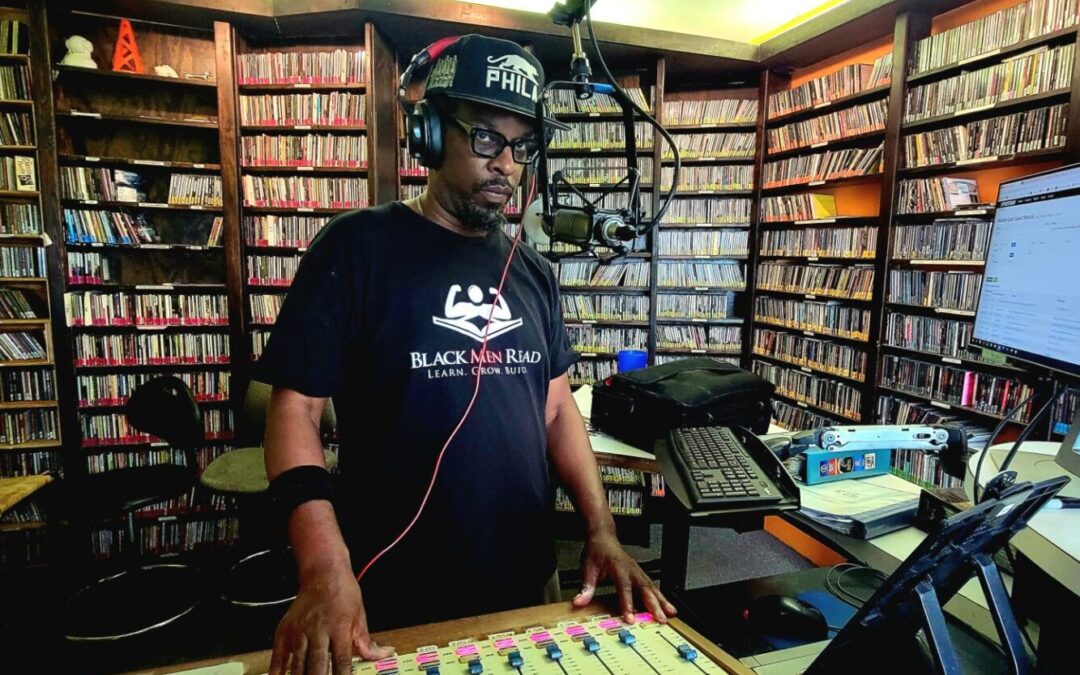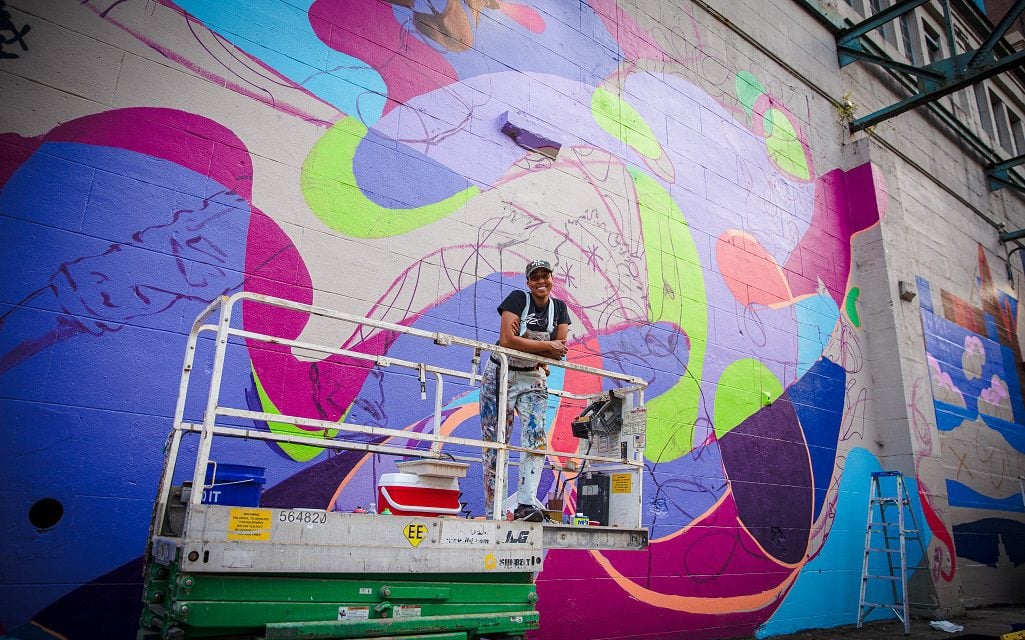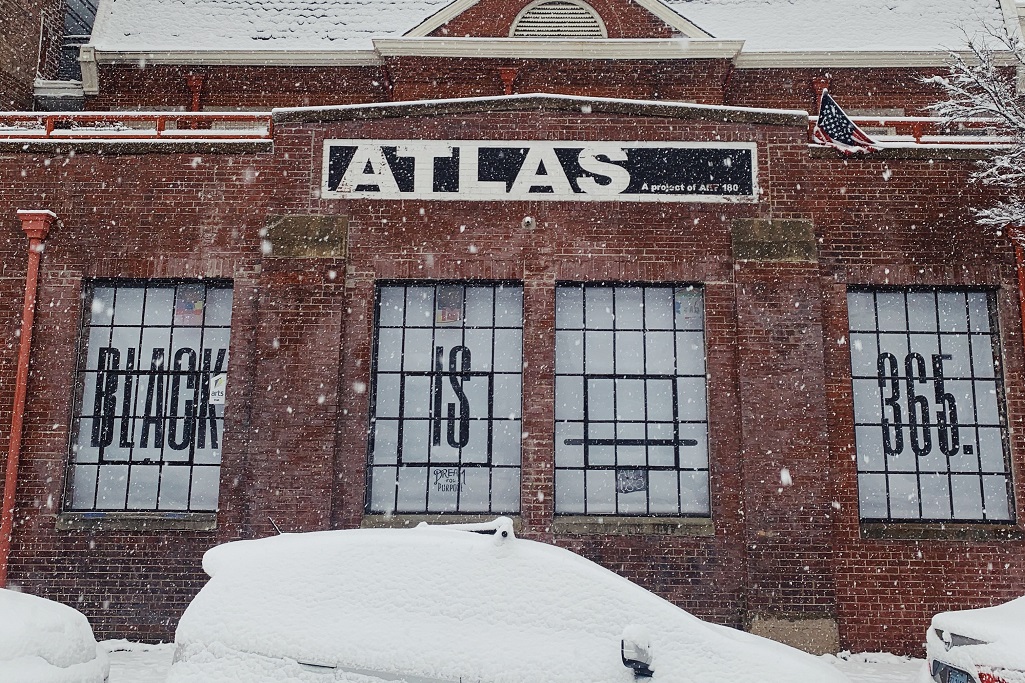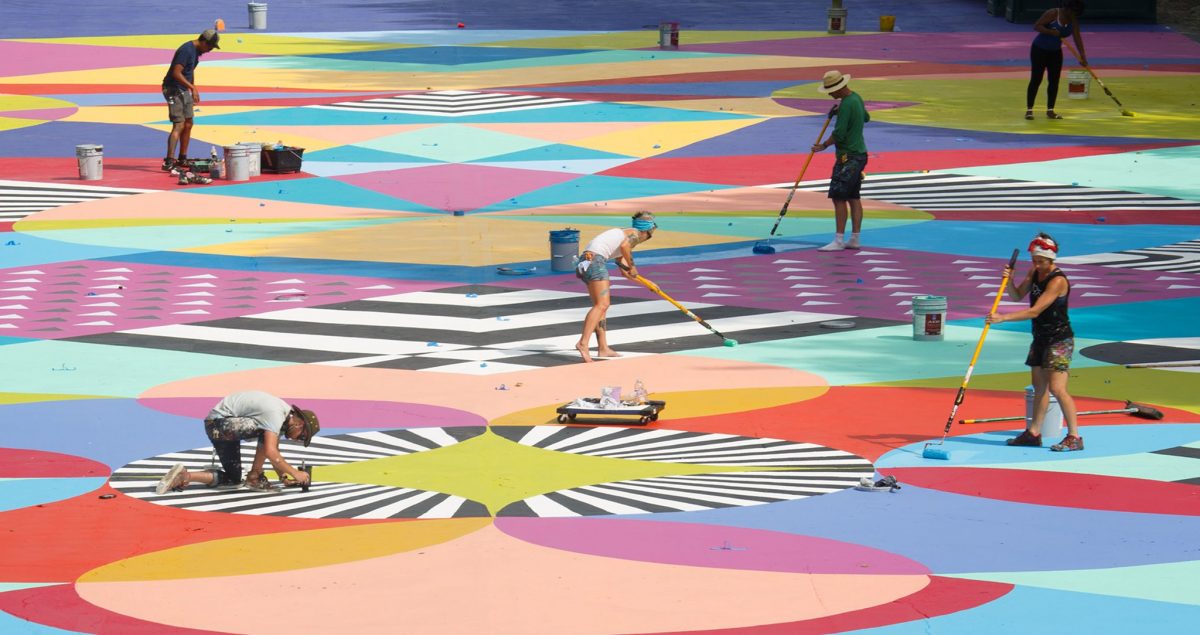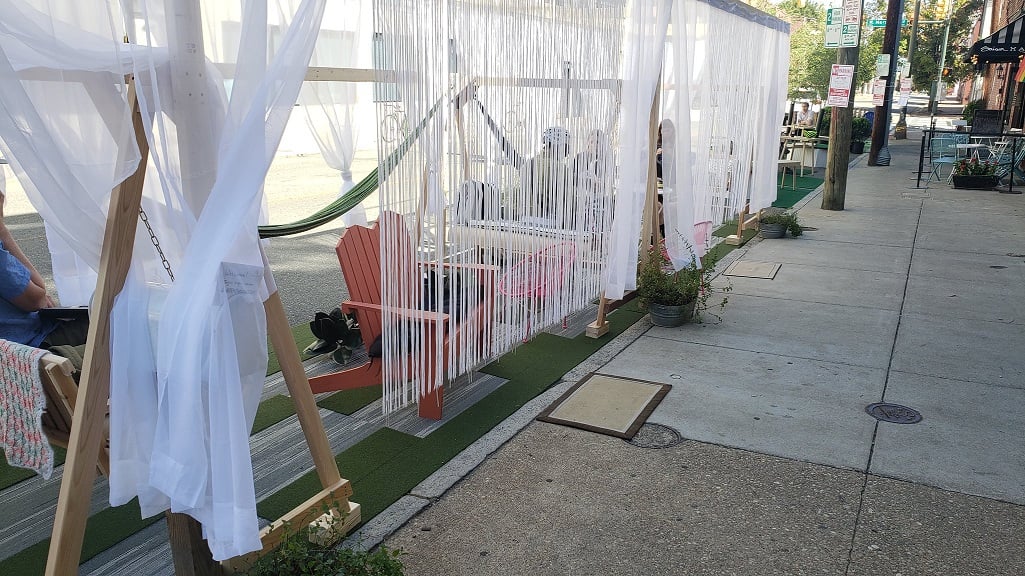This story was originally published in RVA 41 which can be in various locations around town, or you can read it right here. This is a slightly modified version formatted for digital distribution. CHRISTIAN DETRES: Alright, I'm recording. Okaaaay… here with Mikemetic....
